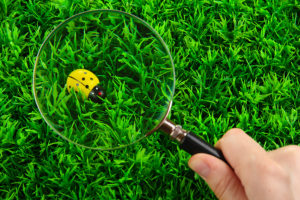
Golf course supers wear many hats--groundskeeper, teacher, financial advisor, staff manager, horticulturist, chemist, dead animal remover even. It's a job that takes a wide skill set. One hat you may not realize you wear is detective. When it comes to turf and pest management success, it’s crucial for a super to be able to solve the crime of “What’s ruining my turf?” It requires regular grounds and pest monitoring, along with some sleuthing skills. So channel your inner Perry Mason and let's figure out what creepy crawly is messing with your greens.
 Though it’s only February, soon the temperatures will start to rise, the days will get longer, and the snow will melt and the landscape will start to green. Yes, it’s hard to believe, but spring is nearly upon us, and this means that before we know it, the phone will be ringing, inquiring about opening information and golfers looking to make the first tee times of the season.
Though it’s only February, soon the temperatures will start to rise, the days will get longer, and the snow will melt and the landscape will start to green. Yes, it’s hard to believe, but spring is nearly upon us, and this means that before we know it, the phone will be ringing, inquiring about opening information and golfers looking to make the first tee times of the season.



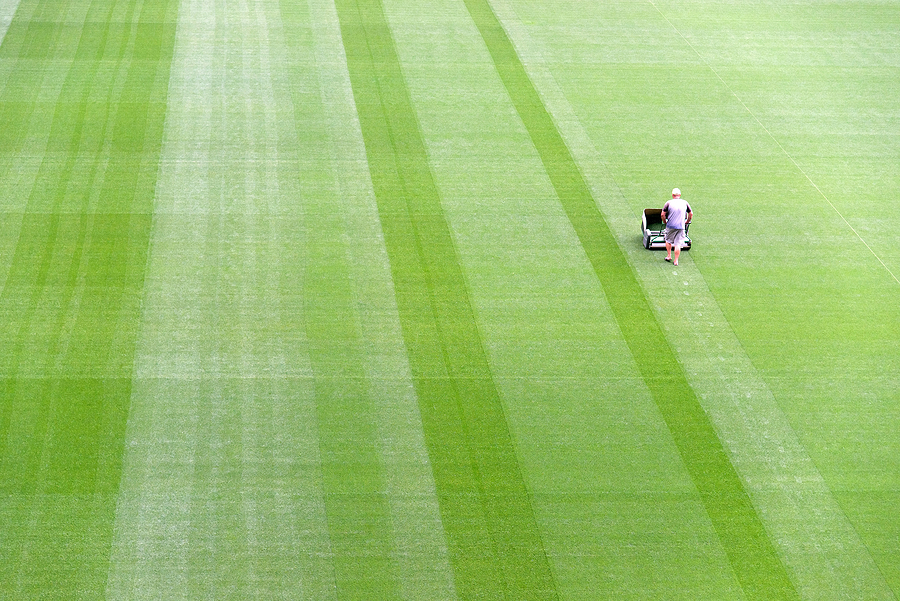
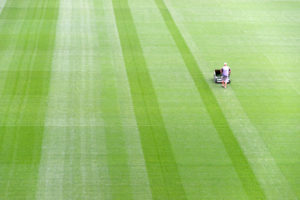 Behind any green, luscious and healthy field of natural grass turf, there's a dedicated management crew that's tasked with maintaining it so it's picture perfect anytime there's a game scheduled. And proper care and maintenance is no easy task in a perfect world, but it can become even more difficult when various intangibles are at play. In this post, we're going to discuss some of the key athletic field care challenges that turf management professionals regularly encounter on
Behind any green, luscious and healthy field of natural grass turf, there's a dedicated management crew that's tasked with maintaining it so it's picture perfect anytime there's a game scheduled. And proper care and maintenance is no easy task in a perfect world, but it can become even more difficult when various intangibles are at play. In this post, we're going to discuss some of the key athletic field care challenges that turf management professionals regularly encounter on 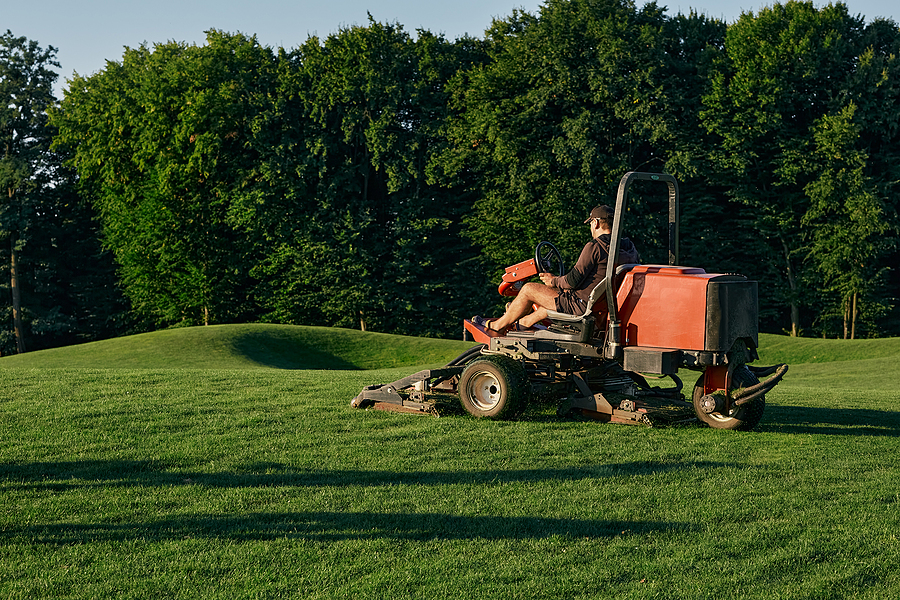
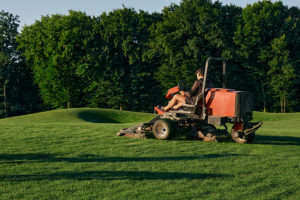 Nobody wants to play golf on a course that’s brown or patchy with grass. And while some turfgrass care tips are obvious (i.e., watering and fertilizing), there are some other hacks that groundskeepers have picked up along the way. Let’s take a closer look at some of the turfgrass tips you need to know—from the basics to some other pointers you may not have heard of.
Nobody wants to play golf on a course that’s brown or patchy with grass. And while some turfgrass care tips are obvious (i.e., watering and fertilizing), there are some other hacks that groundskeepers have picked up along the way. Let’s take a closer look at some of the turfgrass tips you need to know—from the basics to some other pointers you may not have heard of.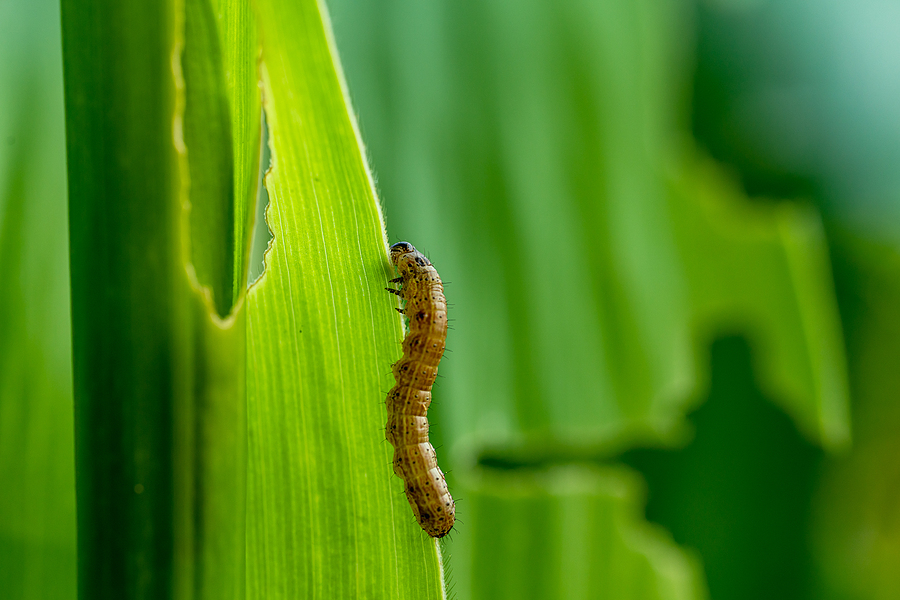
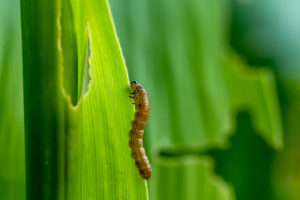 On a golf course, insects are often seen as the enemy. Deep down, we know they DO have benefits—they
On a golf course, insects are often seen as the enemy. Deep down, we know they DO have benefits—they 
 Which turf do you prefer for athletic fields: artificial or natural grass? Though some feel artificial is the winner due to its low maintenance and cost savings, natural grass fields have many winning qualities. Installation costs are low (if at all) and many consider it the
Which turf do you prefer for athletic fields: artificial or natural grass? Though some feel artificial is the winner due to its low maintenance and cost savings, natural grass fields have many winning qualities. Installation costs are low (if at all) and many consider it the 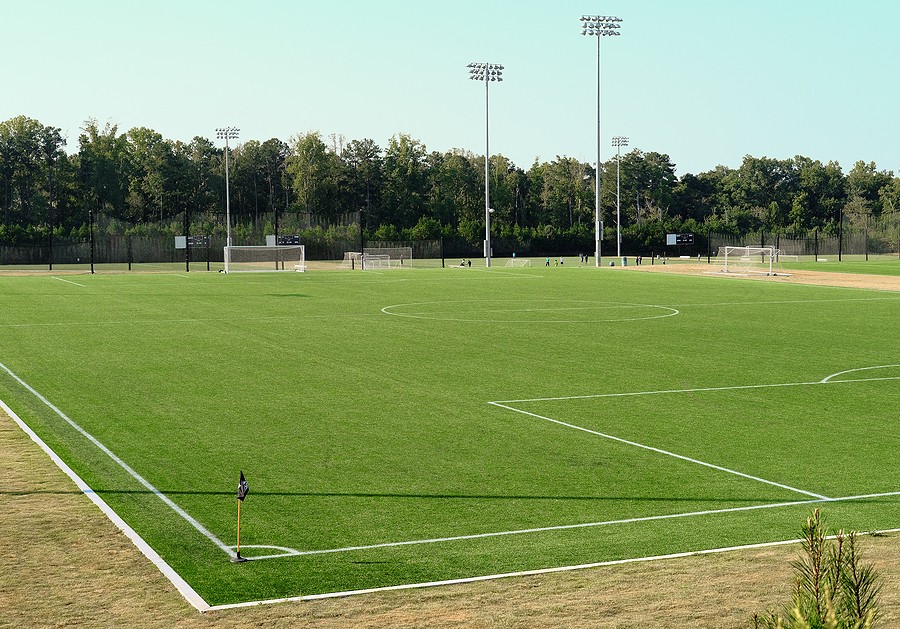
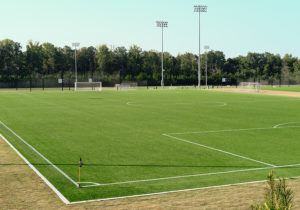 Summer is a busy time for many athletes—it is, after all, the season for watching outdoor sporting events. But it’s also a busy time for turfgrass managers, too! With all the games and practices scheduled on the fields, it’s important to stay on top of the maintenance and maintain the fields properly—especially if your athletic field is made of natural turfgrass. Natural grass fields are definitely more of a challenge than artificial turf—it is not an easy job. To help you maintain your field successfully, here are some tips and things to think about.
Summer is a busy time for many athletes—it is, after all, the season for watching outdoor sporting events. But it’s also a busy time for turfgrass managers, too! With all the games and practices scheduled on the fields, it’s important to stay on top of the maintenance and maintain the fields properly—especially if your athletic field is made of natural turfgrass. Natural grass fields are definitely more of a challenge than artificial turf—it is not an easy job. To help you maintain your field successfully, here are some tips and things to think about. 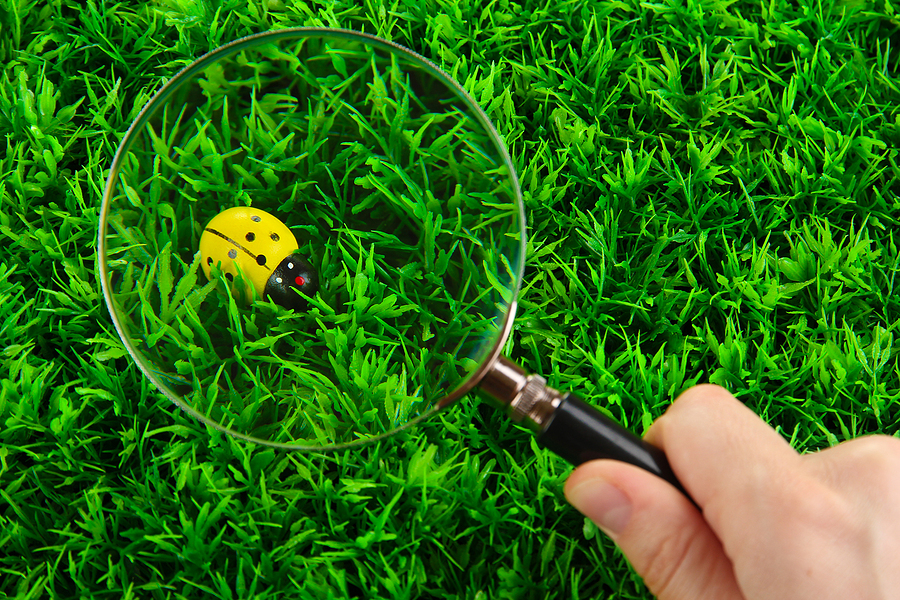
 Golf course supers wear many hats--groundskeeper, teacher, financial advisor, staff manager, horticulturist, chemist, dead animal remover even. It's a job that takes a wide skill set. One hat you may not realize you wear is detective. When it comes to turf and pest management success, it’s crucial for a super to be able to solve the crime of “What’s ruining my turf?” It requires regular grounds and pest monitoring, along with some sleuthing skills. So channel your inner Perry Mason and let's figure out what creepy crawly is messing with your greens.
Golf course supers wear many hats--groundskeeper, teacher, financial advisor, staff manager, horticulturist, chemist, dead animal remover even. It's a job that takes a wide skill set. One hat you may not realize you wear is detective. When it comes to turf and pest management success, it’s crucial for a super to be able to solve the crime of “What’s ruining my turf?” It requires regular grounds and pest monitoring, along with some sleuthing skills. So channel your inner Perry Mason and let's figure out what creepy crawly is messing with your greens. 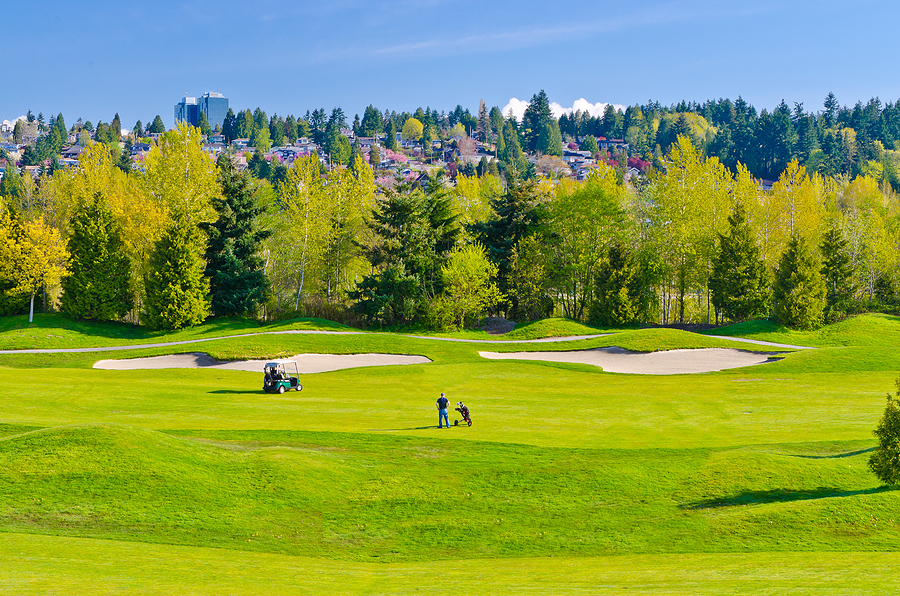
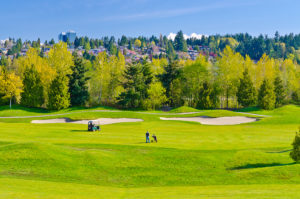 Though most golfers focus on getting to the green, most of their time is spent in the fairways. After all, fairways account for, on average,
Though most golfers focus on getting to the green, most of their time is spent in the fairways. After all, fairways account for, on average, 
 As we all WELL know, there are many contributors to any successful golf course operation. It wouldn’t thrive without the super, pros, investors, players and grounds crew, but other important cast members include natural wildlife and pollinators. They're responsible for encouraging plant growth and pollinating flowering plants. Integrating wildflowers into your course landscaping is a simple way to support pollinators, and they can bring a whole slew of benefits.
As we all WELL know, there are many contributors to any successful golf course operation. It wouldn’t thrive without the super, pros, investors, players and grounds crew, but other important cast members include natural wildlife and pollinators. They're responsible for encouraging plant growth and pollinating flowering plants. Integrating wildflowers into your course landscaping is a simple way to support pollinators, and they can bring a whole slew of benefits. 
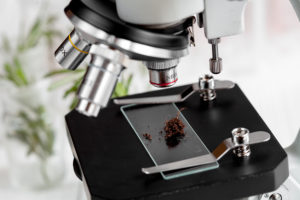 Successful golf course grounds all start with healthy soil. Course managers need to care for it, maintain it, and most definitely, test it. If the nutrients are off in the soil, it can have a waterfall effect, messing with everything on the course. By having it tested, you can cut problems off before they begin by looking at it in depth and making sure it’s balanced. Therefore, it’s important to dig down and understand soil testing.
Successful golf course grounds all start with healthy soil. Course managers need to care for it, maintain it, and most definitely, test it. If the nutrients are off in the soil, it can have a waterfall effect, messing with everything on the course. By having it tested, you can cut problems off before they begin by looking at it in depth and making sure it’s balanced. Therefore, it’s important to dig down and understand soil testing.